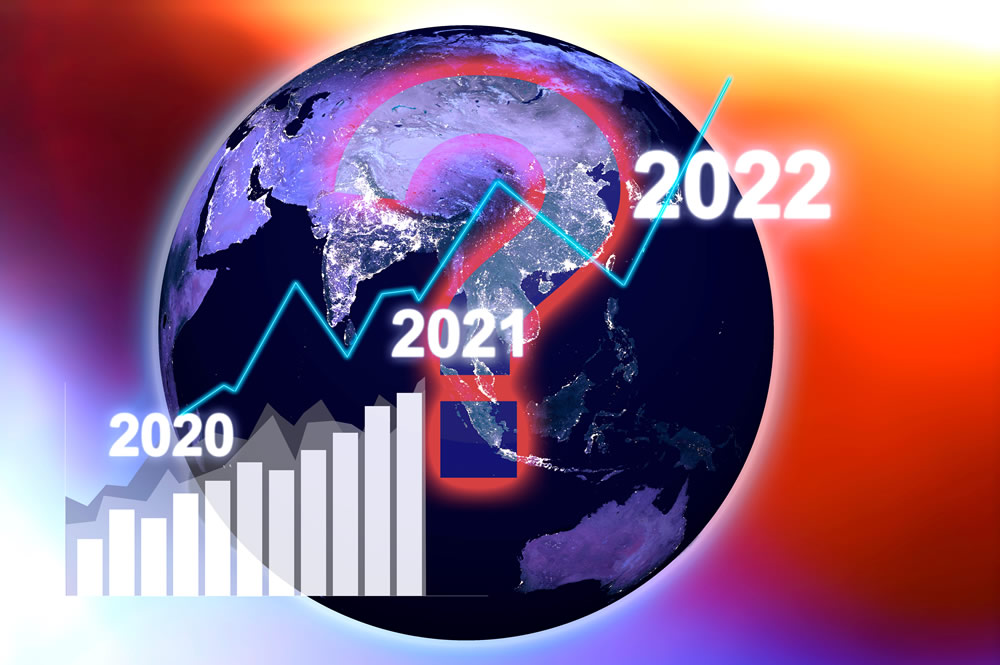Direct sellers adjust to record inflation, low unemployment and a looming recession
By: David Bland
We’re seeing two sides; June, July and August tend to be slower months for the direct selling industry because people are on summer vacation. But then you add the pending recession—which, I believe, is already here, especially with the inflation we are seeing and the interest rate increases—and we see an uptick in the number of people who want a second business. — Dustin Gardner, Chief Financial Officer, Tranont
As the past several years have demonstrated, the direct selling channel is not only unique in its approach to marketing goods and services to the public, but also in the ways that it responds to and is affected by the various dynamics of today’s economic trends, pressures, and realities.
There is no better example of this than the direct selling sales boom of 2020. As the U.S. and world economies faltered in the face of COVID-19-related shutdowns and disruptions, the direct selling industry experienced a 13.9% year-over-year increase in retail sales as well as a 13.2% increase in distributors working part-time or full-time.
This content is restricted to site members. If you are an existing user, please log in. New users may register below.


